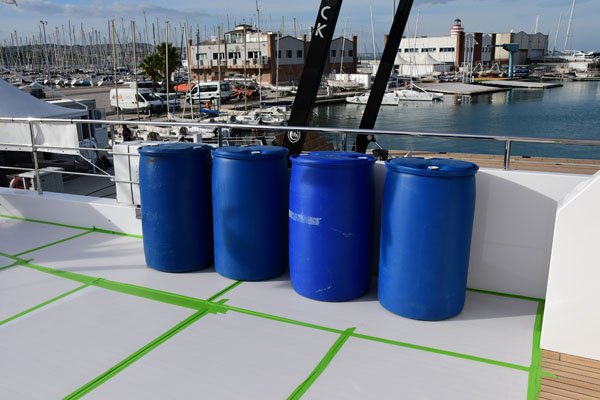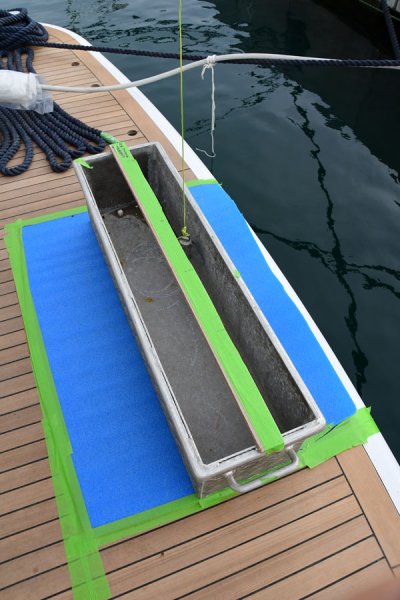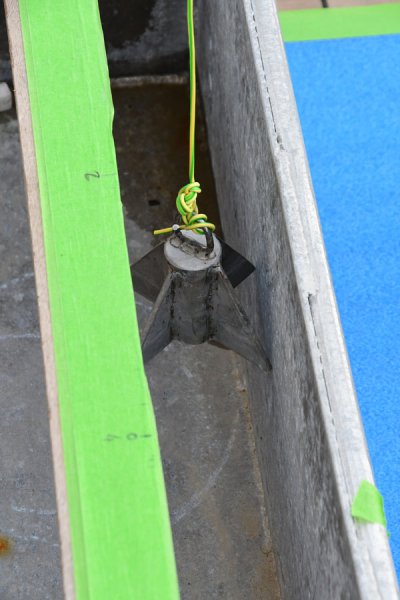magna 6882
Guru
- Joined
- Apr 20, 2020
- Messages
- 702
- Location
- USA
- Vessel Name
- Intrepid
- Vessel Make
- North Pacific/ NP-45 Hull 10
I was wondering why the CE class on boats are not mentioned often. I do see class A mentioned on Nordhavn but most of the literature and boat reviews i read dont seem to mention. I dont think i even know what class my own boat is. Its not mentioned on any of my documents.
The subject came up in my head when i read a previous thread regarding the sinking of a boat down under.
I figure you guys will know the answer. Is it just something folks dont care about.
The subject came up in my head when i read a previous thread regarding the sinking of a boat down under.
I figure you guys will know the answer. Is it just something folks dont care about.



